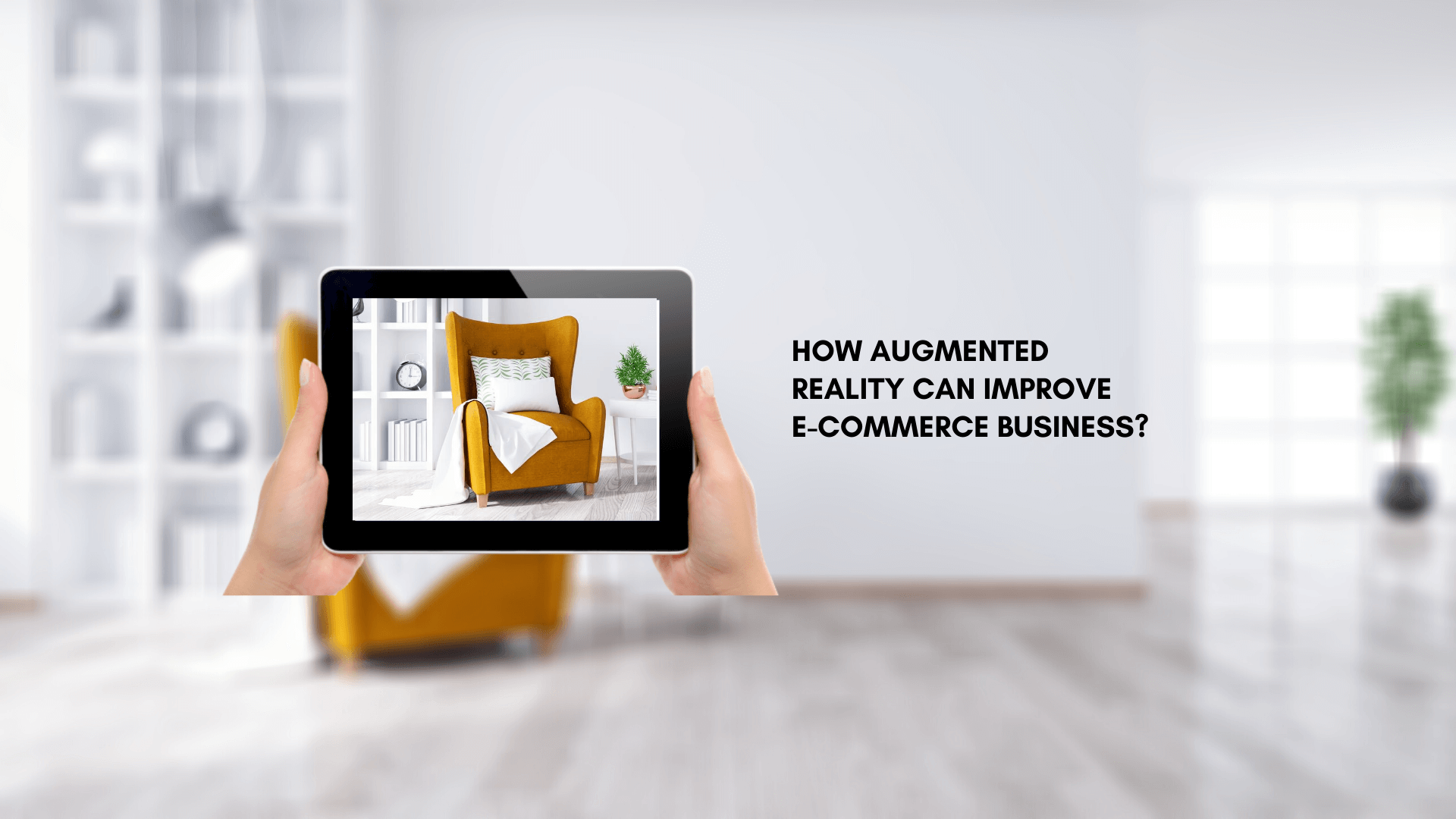With over 25% of the world’s population using Augmented Reality in some form in their lives each day, it is evident that AR is a trend that is going to rule the IT world in the future.
In simple terms, Augmented Reality can be defined as a combination of the real and virtual world. The virtual world is computer generated and the real subject is what is being captured on the camera or the video. The technology adds an extra layer of digital information to real-world images. So, AR is an interfusion of the real-world environment with digital elements like sensory projections or visual overlays. The inputs are created by designers in such a way that they respond to the real-time changes in the user’s environment, usually movements. Snapchat filters are a great example of AR in action. With the filters on, you can see extra elements on your face/around you on the screen.
Also, PokemonGo is an incredibly popular game that uses AR. Users can view a virtual world around them, superimposed on the real world, and contest to win virtual prizes and advance in the game.
But AR is much more than fun filters and games…
AR technology also has a lot of practical and serious real-life examples in fields ranging from business to warfare, and medicine.
Some examples of AR in real life –
- Training missions are created for the soldiers in the US army using AR tools that are digitally enhanced.
- AR is helping commanders make informed and better decisions on the battlegrounds.
- Augmented Reality is used for enhanced navigation systems to overlap a route with the live view of the road.
- In football games, AR is used to draw lines of the field to analyze and demonstrate the gameplay.
- An AR app is offered by IKEA lets you see how furniture will fit and look in your space.
- With the help of AR, the military fighter pilots now don’t need to waste focus and can see the projection of their speed, altitude, and other data on their helmet visors.
- AR is also used for the projection of a 3D brain to help neurosurgeons while performing surgeries
- AR is used at historical sites where it can project views of ancient civilizations and bring the past to life.
While all that is fascinating, one of the greatest applications of AR in business is when it is used with E-commerce.
Big brands like Ray-ban, Sephora, and Amikasa (3D floor planners) have adopted AR so that users can try their products virtually. With such use of AR technology, consumers get all the experiences and perks of offline shopping. While shopping online, the consumers often experience the psychological barrier of not being able to visualize the product in real life.
The E-commerce industry across the globe is losing a large number of sales opportunities due to this reason. But this gap is being significantly bridged by the entry of Augmented Reality in E-commerce. The users can now visualize the products with AR; this makes them comfortable and confident with the purchase.
Now let us take a careful look at how augmented reality can improve E-commerce businesses.
Augmented Reality in E-commerce Businesses
- Exceptional Customer Experience – AR technology grants online shoppers the chance to view the product in a manner similar to when they visit an offline store. This enhances the customer experience and makes sure that customers keep coming back to the seller.

- Personalized Shopping – Most buyers explore different preferences and choices before they make a purchase. With the comfort of being at home, the users can now experience everything virtually with AR in E-commerce. Personalized shopping can also be done with AR involving different designs, patterns, colors and much more.

- Testing the Product – With Augmented Reality, one can gain a better understanding of the product by analyzing its functionalities. With AR E-commerce, the consumer is likely to spend more time on the purchase decision and thus, increasing the chances of making a satisfactory purchase. AR creates a very interactive shopping experience for the users which results in increased revenue and enhanced growth for businesses.

The Future of Augmented Reality
Phones and tablets will definitely not be the only avenues for AR. Innovators and researchers are swiftly trying to include this functionality in contact lenses and other wearable devices. In the future, they might replace phones and tablets and create a natural and convenient immersion.

About SynergyTop
SynergyTop is a digital commerce company with expertise in creating simple, yet powerful E-commerce, web, and mobile solutions for its global clients.
We can help you harness the immense potential of AR technologies for your E-commerce business. Write to us at contact@synergytop.com for a free consultation.
















